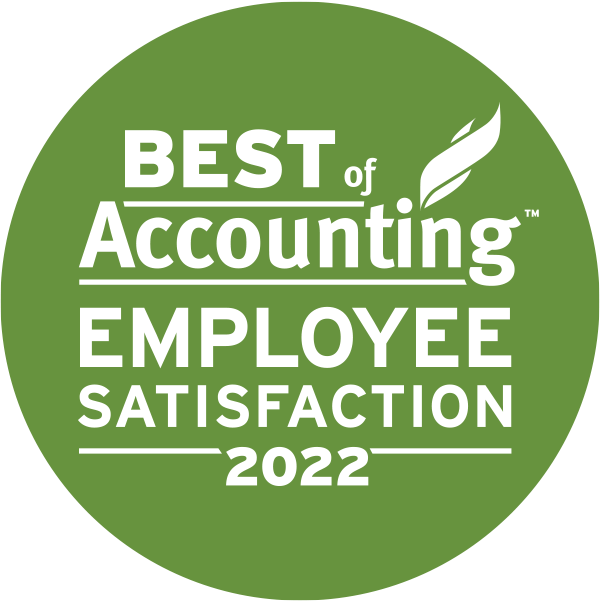A financial forecast is a projection of the future financial position of a business. Forecasting involves making assumptions about future outcomes. A lot of companies conduct financial forecasting by starting with projecting an income statement. Below, we will discuss the importance of financial planning and analysis and tips on how to go about it.
Why is Financial Planning & Analysis (FP&A) important for your business?
Business decisions, both small and large, need to be made regularly. Some of them are simple, while others require a long-term outlook before proceeding. Regardless of the difficulty, an accurate decision cannot be made without a thorough understanding of where the business stands financially and where it is heading. Financial forecasting will ensure that you are aware of the position of your business, which will allow you to make more informed decisions that are beneficial for your business.
Setting SMART Goals Means Aiming for Success
Every success story starts with a plan to succeed. Financial forecasting allows you to set SMART goals for your business’ future:
- Specific
- Measurable
- Attainable
- Relevant
- Timely
This is usually done by analyzing current and historical data, putting it into meaningful categories, and setting targets for each category further. Each target will visually demonstrate the amount of growth required, allowing the owner to decide which changes are needed to reach that growth level. These targets further assist management in tracking progress and show how well the business is adapting to ongoing changes.
Anticipating the Unanticipated
Imagine if you had the power to glimpse into the future or predict what could happen? Although financial planning doesn’t necessarily allow you to predict the future, a comprehensive forecast will contain multiple scenarios with various outcomes. Usually, these scenarios include a base case, a modest case, and a stress case. To calculate each scenario, the person completing the analysis will adjust inputs and assumptions, varying each input in order to project each case. This will allow a business owner to plan for multiple scenarios.
Tips for financial planning and analysis
Develop a Financial Projection & Analysis Process
For example, your process may contain the following steps:
- Review your strategy and think about where your business is heading
- Develop financial projections based on your strategy
- Understand your goals and what is required to reach them
- Plan for contingencies and have a downside case scenario
- Track the progress, tweak the business strategy, and adapt to market conditions
Think About What the Business Can Accomplish Next Year
A good forecast starts with a good business strategy. It is essential to discuss your business goals and plans with each manager reporting to you, get their input, and make sure your strategy answers the following questions:
- What level of sales can the business reach next year?
- Does the business require capital expenditures to reach those sales?
- Does the business need more employees?
- How much financing does the business have?
Make sure to put it all into perspective.
Understand the Challenges and Forecast for Stress-Case Scenarios
When creating the business forecast, think about some of the challenges that the business may encounter along the way. Research and analyze the state of the economic cycle, the business climate, or any other external market trends that might impact your business. You can plan for uncertainties by either forecasting for a downside scenario or attempting to build a rolling forecast. A rolling forecast projects future results based on a combination of actual year-to-date financial results and the original forecast.
Use a Top-Down Approach
While there are a variety of ways to build a forecast, if you do not know where to start, a top-down approach can help. Start with a sales forecast and a list of projected expenses. A basic income statement will help build a balance sheet and a cash flow statement. For building a forecast, you can use Excel or tools available in your accounting software.
Understand the Story Behind the Numbers
Do you know what drives the results you are targeting? Or do you simply focus on the outcome and the numbers you want without understanding how they came to be? When creating a forecast, seek input from your employees, talk to your customers, and talk to your suppliers. Each of these stakeholders can help you create a story behind your forecast.
Use Professional Help
Seek advice from your accountant or business advisor when developing your financial projections. When you go over the plan together, this will allow you to re-evaluate your assumptions and your inputs. An experienced professional will challenge your assumptions, give you a good perspective on whether the goals are realistic, and provide input on how to tweak your strategy to attain your goals.
Moreover, consider hiring an expert to help you put together a financial forecast that aligns with your strategy. Creating a basic forecast could be a good start but creating a forecast that will put your vision into a feasible business strategy requires experience. This is especially applicable if you are presenting your financial forecast to a banker or an investor. Our professionals know the areas that financiers and investors particularly look for and can prepare you for what’s needed to win their approval.
Contact McCay Duff LLP for Experienced Guidance on Financial Planning for Your Business
As we have set out above, understanding your company’s current and future operating status is crucial to having a healthy, sustainable business. Building a forecast can help you execute your business strategy and will help you monitor its progress. McCay Duff LLP offers a variety of business advisory services, including business forecasting, financial modelling, and strategy development. We can also help by providing a detailed overview of your business strategy.
Contact a member of the team at McCay Duff LLP by phone at 613-236-2367 or reach out online.





